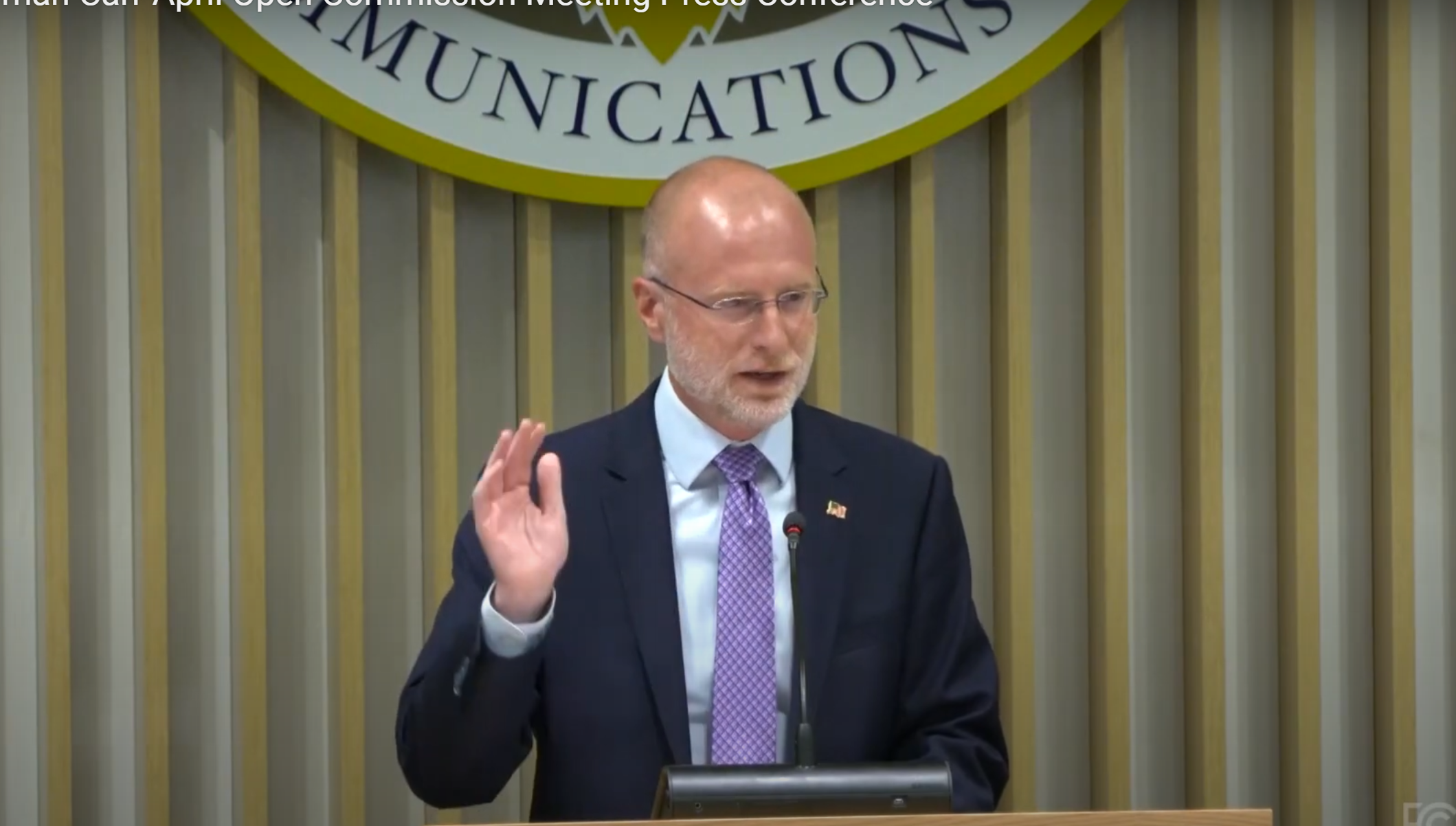Advanced codecs slug it out at IBC
At the IBC conference competing advanced video and audio compression codecs from Microsoft and the MPEG-4 group of patent holder companies continued to stake their claim to market penetration. Although MEPG-2 compression has been the dominant format for sending video and audio signals, Microsoft’s Windows Media 9 Series and MPEG-4's part 10 encoder software, offer new functionality that addresses forward-looking metadata and interactivity.
However, due to the ongoing patent fee disputes that have limited the widespread adoption of the MPEG-4 part 10 codec, Microsoft seems to be gaining ground among encoder and set-top box manufacturers. It was stated at the show that if a telco or cable operator wanted to send video over an IP infrastructure for video on demand services, the only practical alternative today is Windows Media 9.
That’s because companies such as TANDBERG TV and Harmonic now offer encoders and decoders that support it, as does server manufacturer SeaChange and set-top box makers Samsung and Pace Micro. All said they would also introduce MPEG-4 compliant products when the licensing fee structure was re-evaluated to reflect “realistic usage fees.”
Using either compression format allows operators to deliver standard definition video at a fraction of the bandwidth required with traditional MPEG-2. These new codecs also include digital rights management (DRM) features to ensure content security.
At the show Microsoft announced that it had submitted the specification used in Windows Media Video 9 codec to the Society of Motion Picture and Television Engineers C24 Technical Committee for consideration as an openly available standard. The spec was expected to be discussed last week at the SMPTE Engineering Committee meeting in Geneva on September 17-20.
The standardization process for Windows Media 9 could take at least a year while the MPEG-4 part 10 spec is already available as an industry standard.
MPEG-4 proponents, including the MPEG-4 Industry Forum, said that Microsoft has had an advantage in getting its codec to market in that it was developed by the company as a proprietary format and was not held to the same critical examination as the MPEG-4 codec has been.
Get the TV Tech Newsletter
The professional video industry's #1 source for news, trends and product and tech information. Sign up below.
A number of image comparison tests using both advanced compression schemes were shown in the TANDBERG Television stand and elsewhere throughout the convention, illustrating that in general the results between the two codecs are not that far apart. What is clear is that both Windows Media 9 and MPEG-4 do a better job than MPEG-2. Several demonstrations showed impressive-looking pictures being displayed at 1 to 1.4 Mbps, whereas MPEG-2 requires at least 2 to 3 Mbps to be deemed “broadcast quality.”
For more information visit www.microsoft.com/windowsmedia and www.M4if.org.
